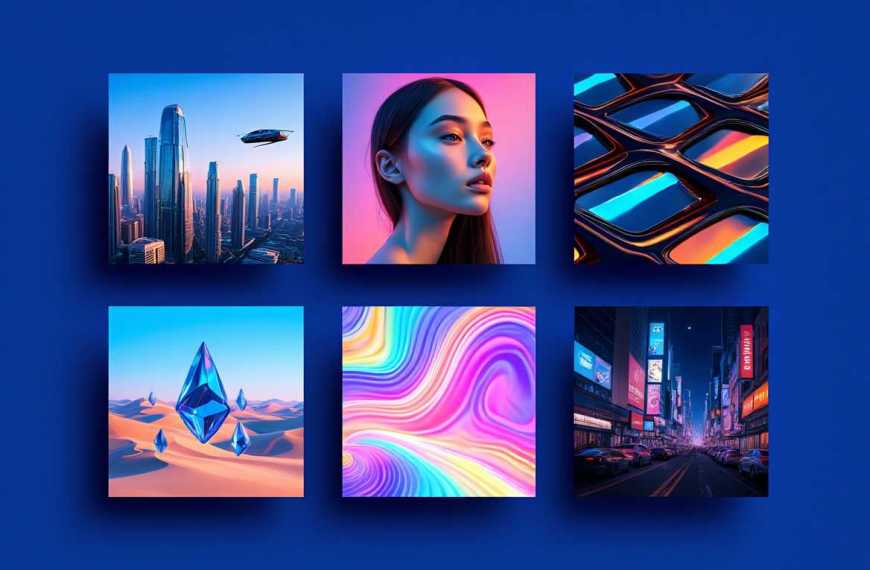The Internet Just Got Smarter! 🚀
From the days of plain, read-only websites to the rise of social media madness, the internet has come a long way. But now, there’s a new revolution knocking on your screen — Web 3.0 tech.
It’s smarter, safer, and puts you in control.
🤔 Curious what it all means and why everyone’s talking about it? Don’t worry—we’ll break it down in simple, clear language just for you.
What Is Web 3.0 Tech?
Web 3.0, also called the decentralized web, is the next version of the internet. It’s not just an upgrade—it’s a new way of how things work online.
Right now, most of your data is stored and controlled by big companies like Google or Facebook. But Web 3.0 tech gives power back to the users. It lets you own your data, interact with others without middlemen, and enjoy a more secure and personalized internet.
The secret behind this change? New technologies like blockchain, AI, and the semantic web. Lifewire explains it as the next evolution of the internet built on blockchain technology and user empowerment.
What Makes Web 3.0 Special?
Let’s look at some cool features that make Web 3.0 tech different:
- Decentralization: Your data is not saved in one place. Instead, it’s spread across a network. This makes hacking harder and improves security.
- AI (Artificial Intelligence): Web 3.0 uses AI to better understand what you want. It means smarter search results, helpful recommendations, and less spam.
- Blockchain Technology: No more depending on banks or companies to send money or store data. Blockchain allows safe and transparent transactions directly between users.
- Semantic Web: This helps machines understand the meaning behind your data. It makes online tools and websites work better for you.
- 3D Internet and Virtual Reality: Web 3.0 also makes the web more fun. Think of 3D websites, virtual shopping, or digital experiences that feel real.
🌍 Web 3.0 Tech in Real Life
Here are some examples of how Web 3.0 is already being used:
- DeFi (Decentralized Finance): Apps like Aave or Uniswap help people trade or borrow money without using banks.
- NFTs (Non-Fungible Tokens): Digital items like art or music you can own and sell.
- dApps (Decentralized Apps): These apps don’t run on company servers. They use blockchains, so you have more control and privacy.

✅ Why Web 3.0 Tech Is a Big Deal
Here’s why people are excited about Web 3.0:
- More privacy & control: Your data stays with you. No more creepy ads following you around.
- Real ownership: You control your digital items, content, and money.
- No middlemen: Send money, share data, or make deals directly with others.
- Smarter internet: AI learns what you like and helps you faster.
⚠️ The Not-So-Great Stuff (for Now)
Of course, Web 3.0 is still new. There are a few problems:
- It’s complex: Tech terms like crypto wallets and smart contracts can be confusing for beginners.
- Slow systems: Some blockchain networks can’t handle too much traffic yet.
- Legal issues: Governments are still figuring out how to manage decentralized systems.
- Tech needs: Some apps require strong internet or better devices.
📊 Quick Look: Web 1.0 vs 2.0 vs 3.0

| Feature | Web 1.0 | Web 2.0 | Web 3.0 |
|---|---|---|---|
| Interactivity | Read-only, static content | Read & write with interactive, user-generated content | Read, write, and execute — AI and blockchain driven |
| Control | Fully centralized by website owners | Mostly controlled by tech giants and platforms | Decentralized; users have ownership and control |
| Technologies Used | HTML, basic CSS, static file hosting | JavaScript, AJAX, APIs, dynamic databases | Blockchain, AI/ML, smart contracts, decentralized storage (IPFS) |
| Examples | Static company pages, online directories | Facebook, YouTube, Twitter, Wikipedia | Uniswap, OpenSea, Metamask, Decentraland |
| Data Ownership | Website owners control all data | Platforms store and monetize user data | Users own their data via decentralized identity and wallets |
| Revenue Model | Banner ads and subscriptions | Ad-based, data-driven monetization | Token-based economies, peer-to-peer rewards |
| User Identity | Anonymous browsing, no user login | User accounts controlled by platforms | Self-sovereign identity (Web3 wallets like MetaMask) |
Final Thoughts
Web 3.0 tech isn’t just a trend—it’s the future of how we connect, create, and control our digital world. It brings more freedom, better privacy, and smarter tools. Yes, there are some challenges. But the future of the internet looks exciting and full of new chances.
Whether you’re a tech lover, a digital creator, or just curious about what’s next, learning about Web 3.0 tech is a great first step into the future.
Ola Gen 3 Electric Scooters: A New Era of Innovation and Efficiency













